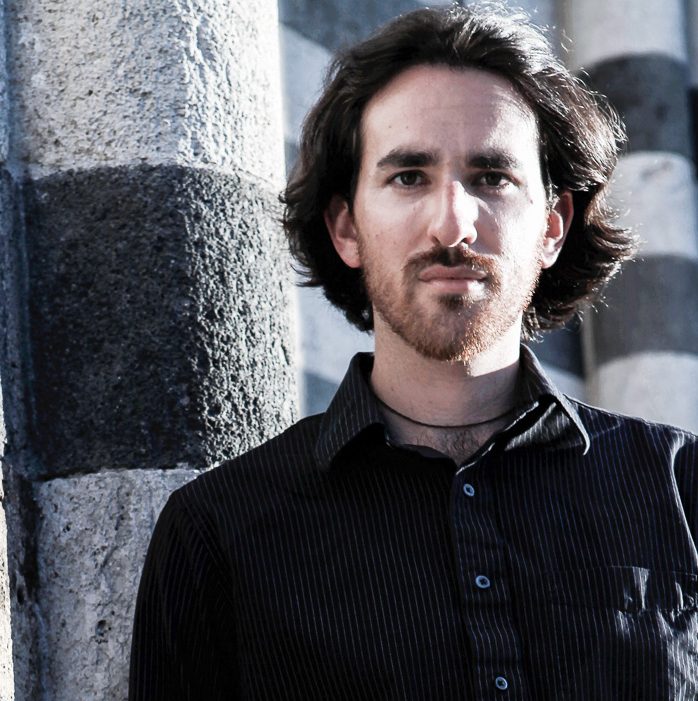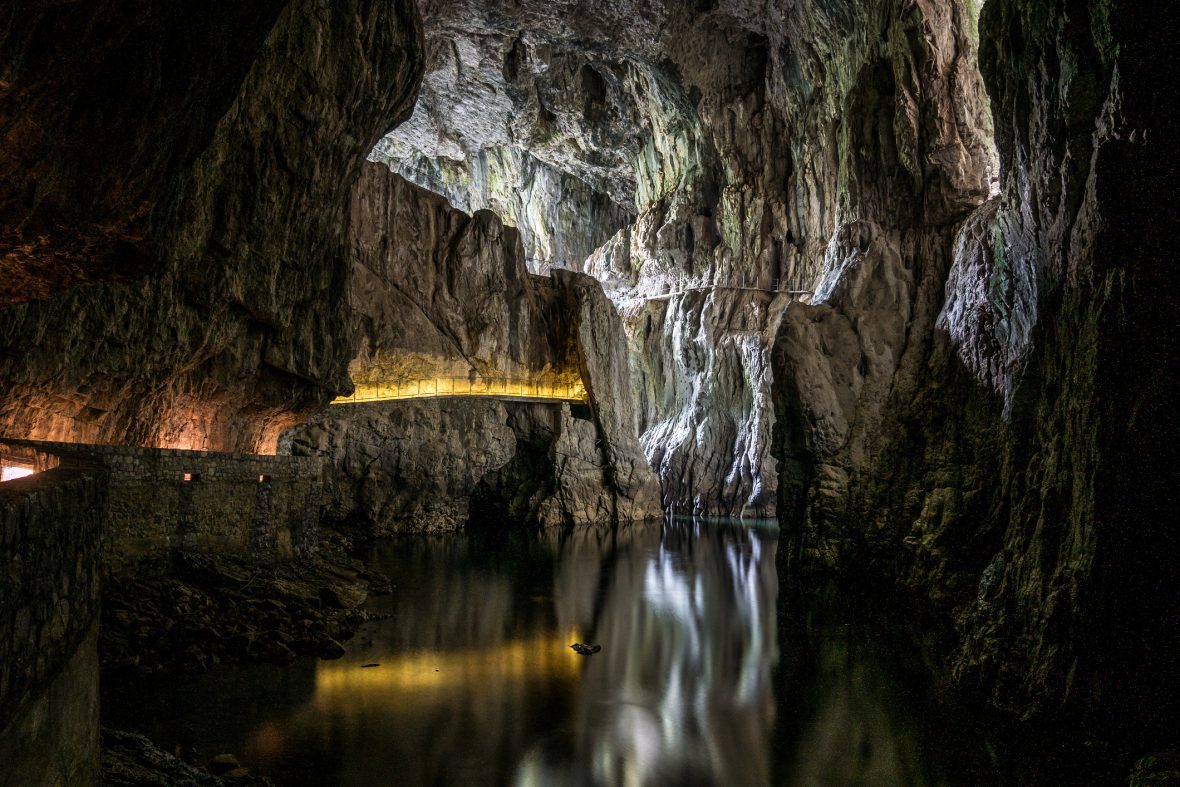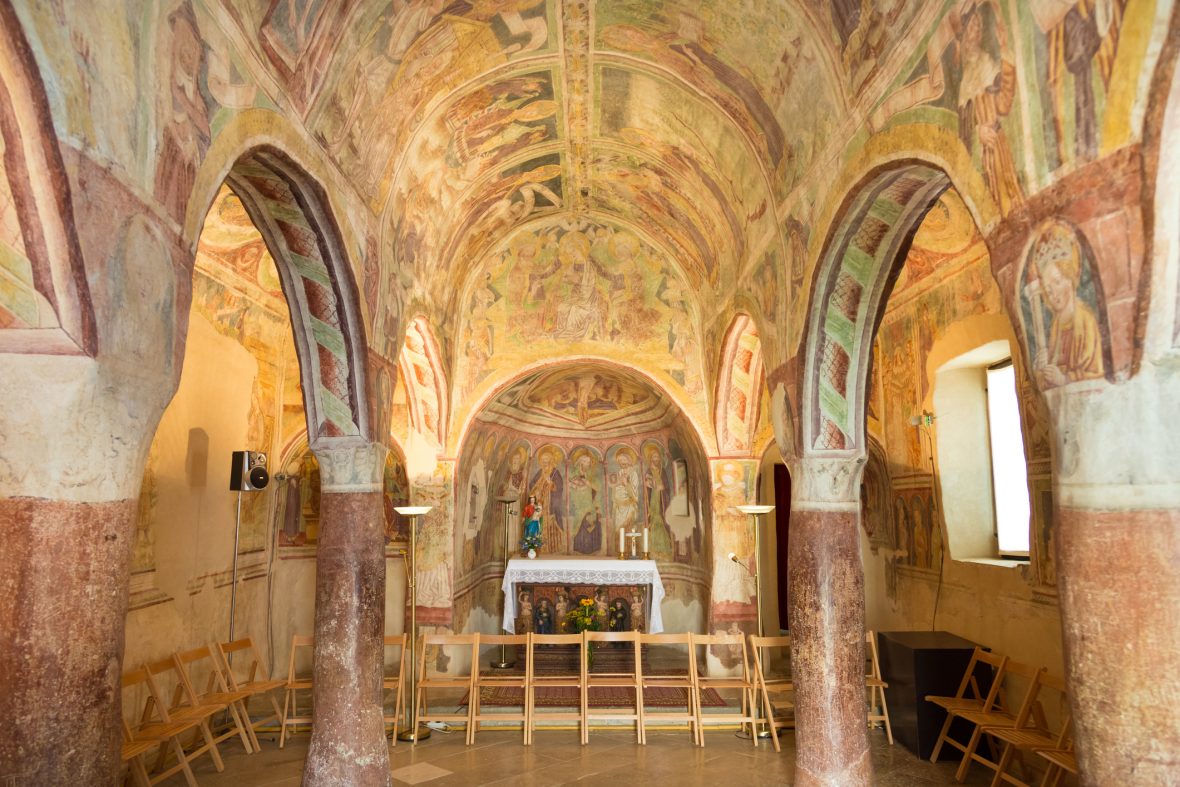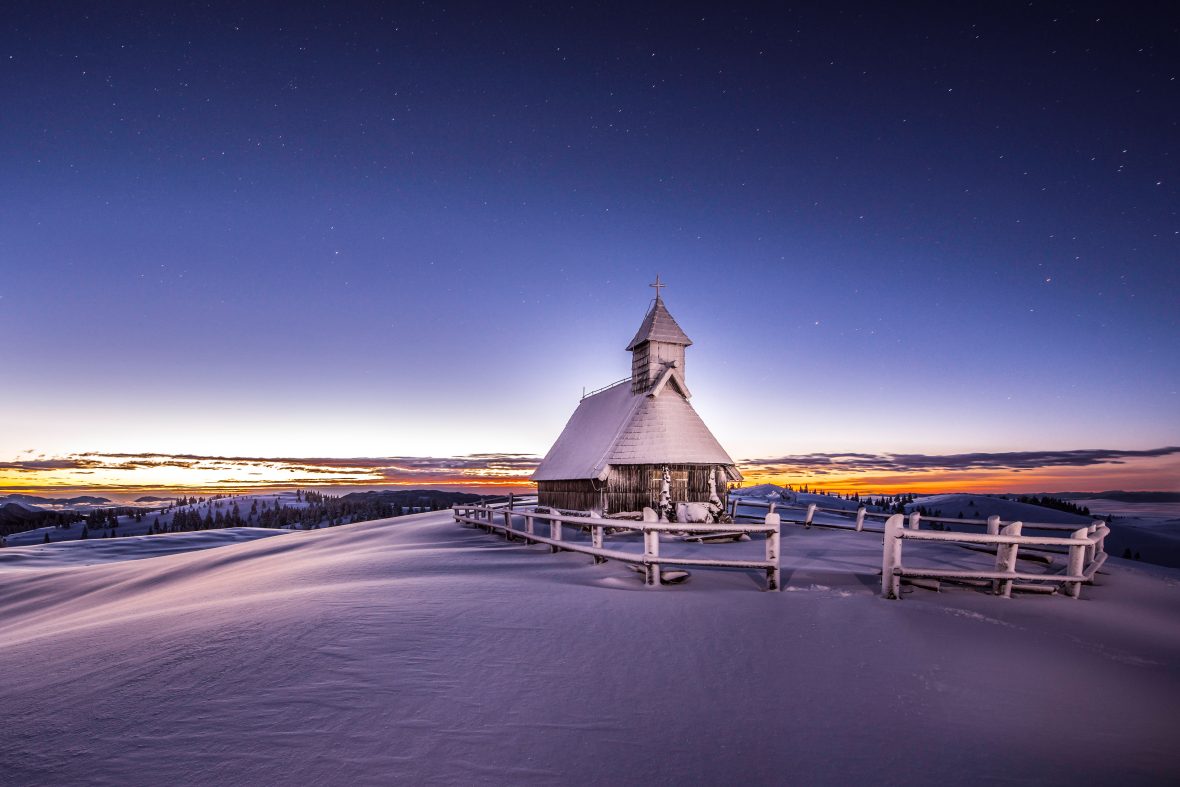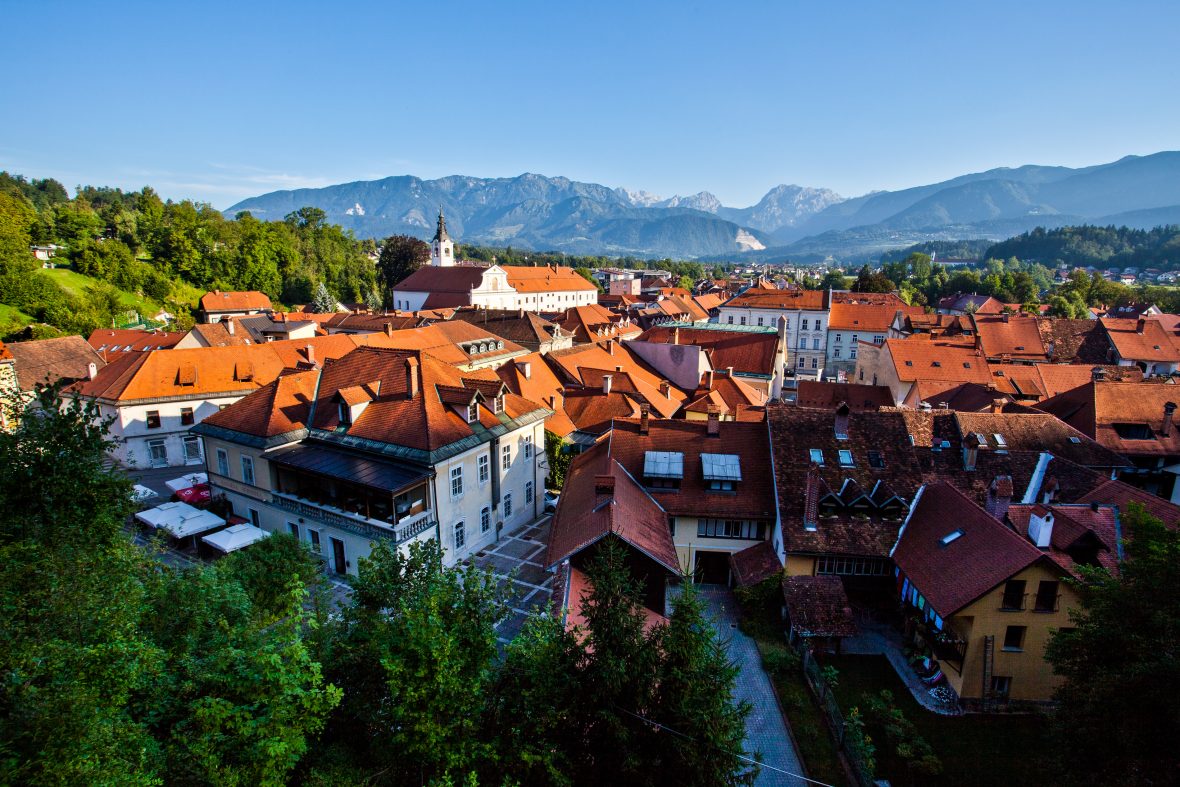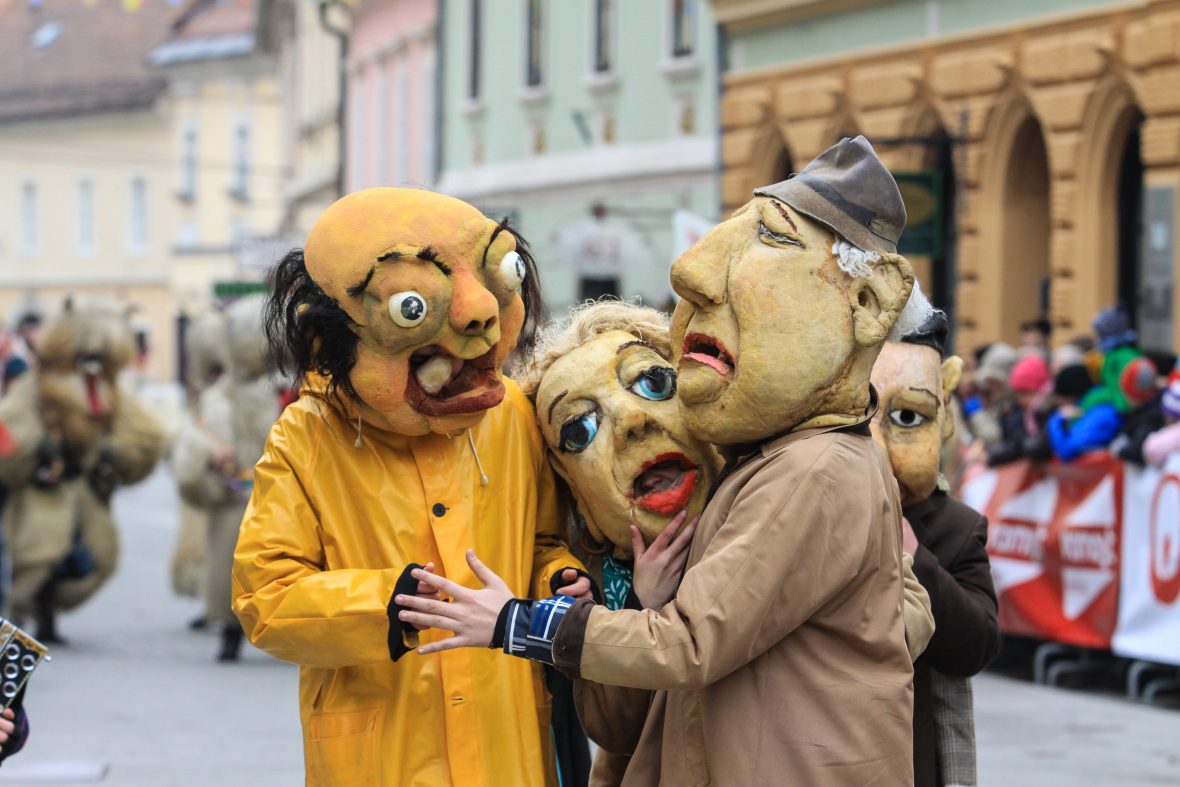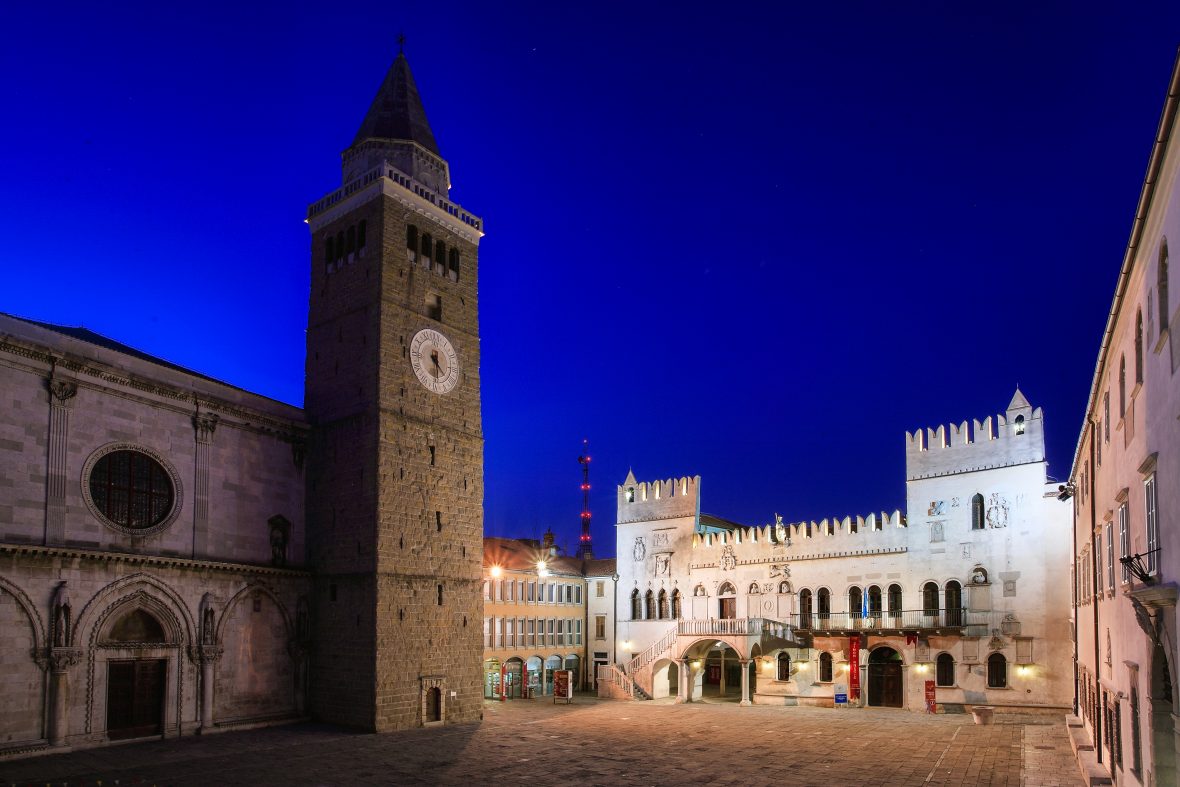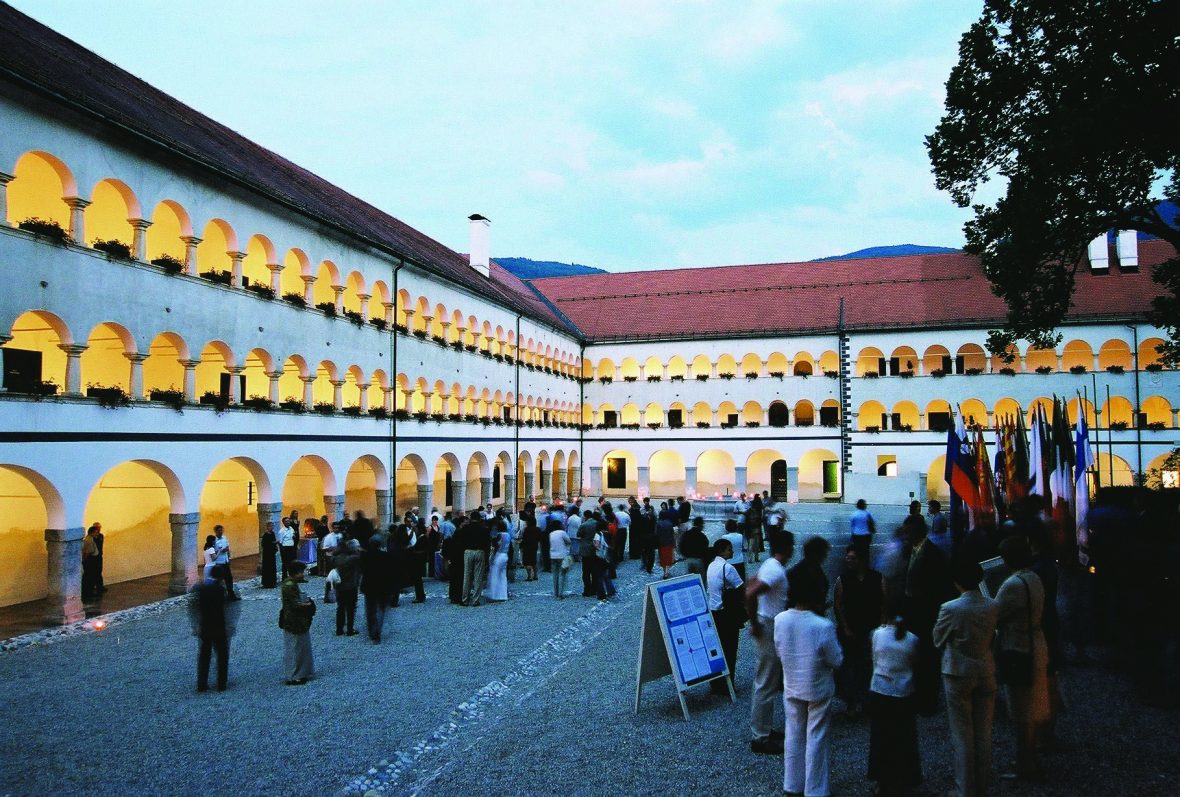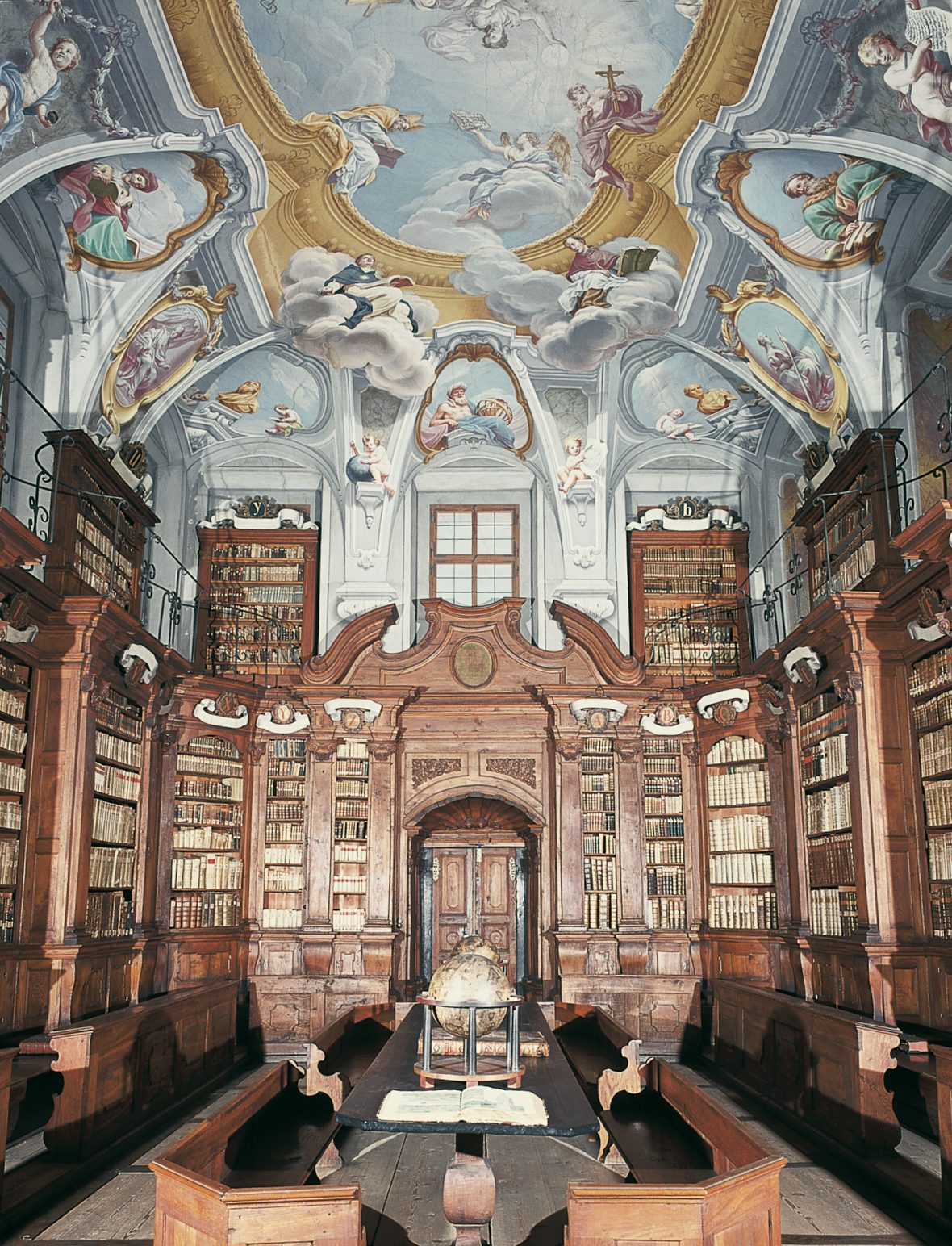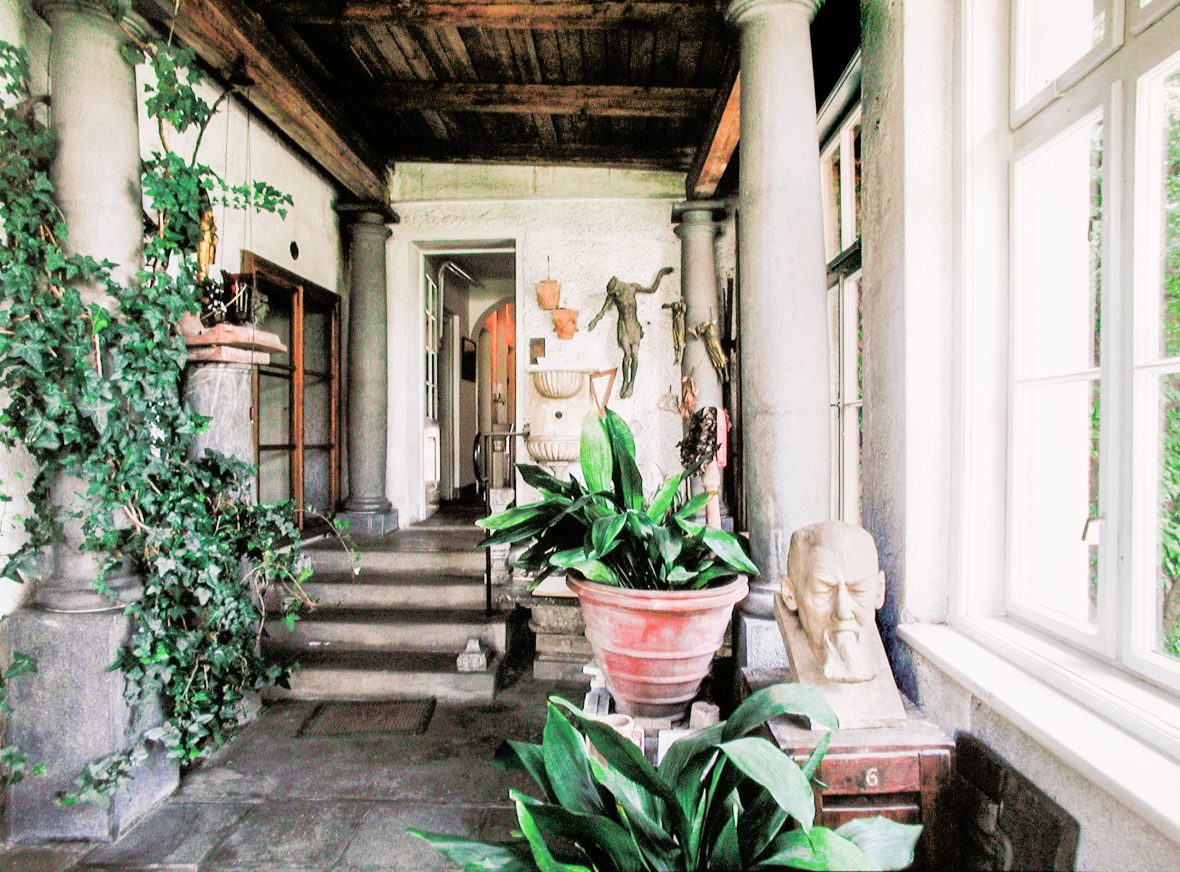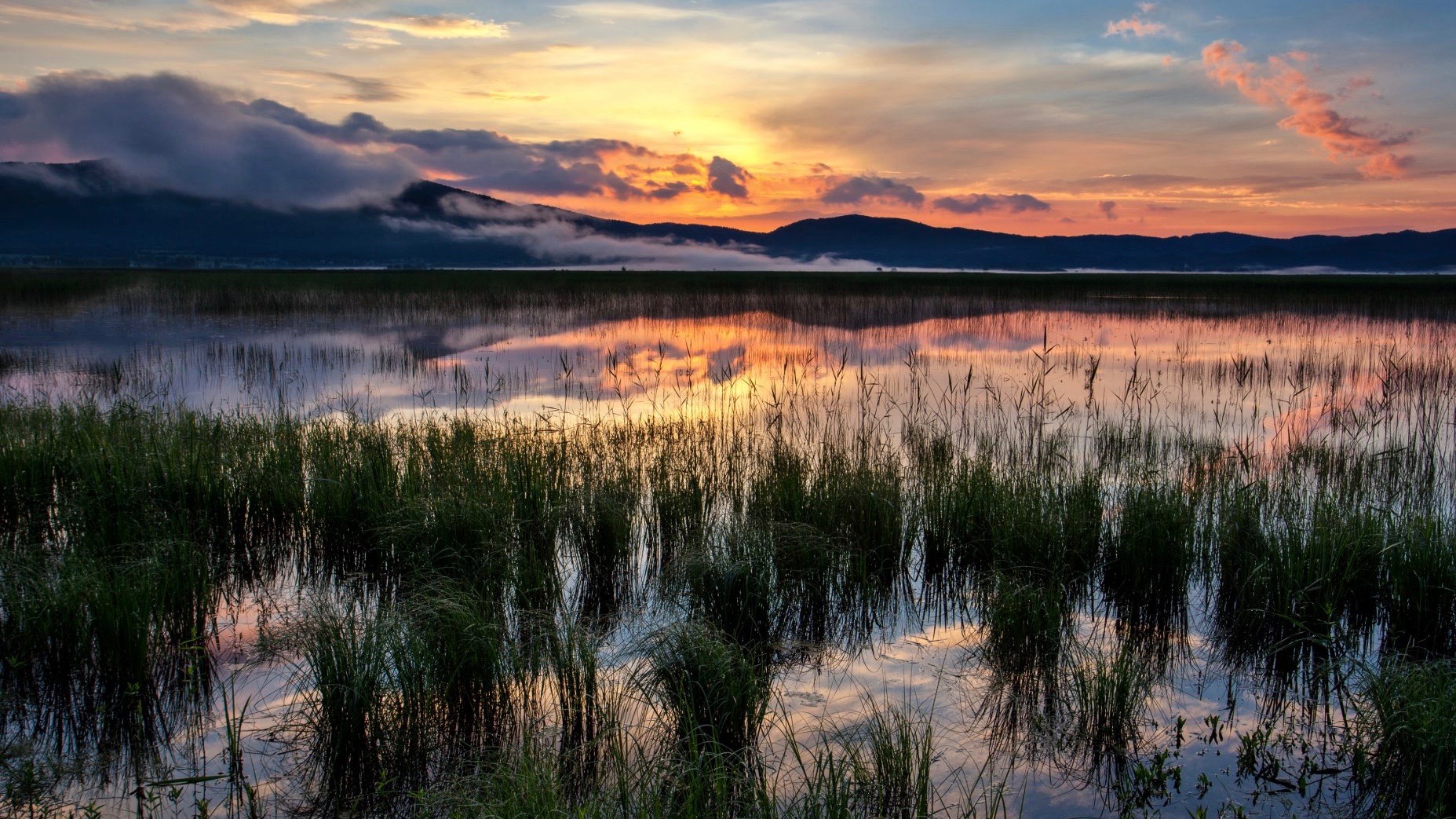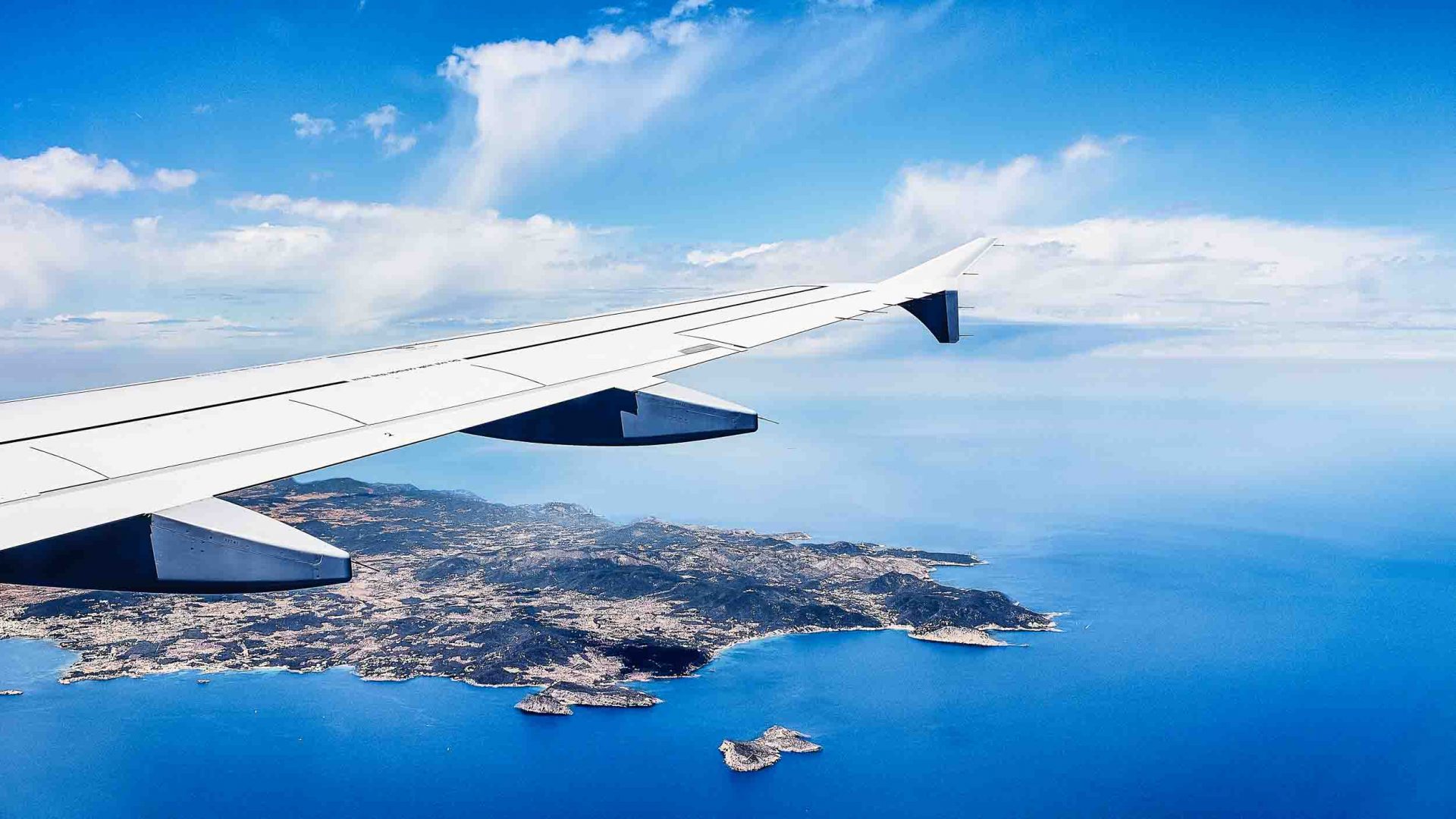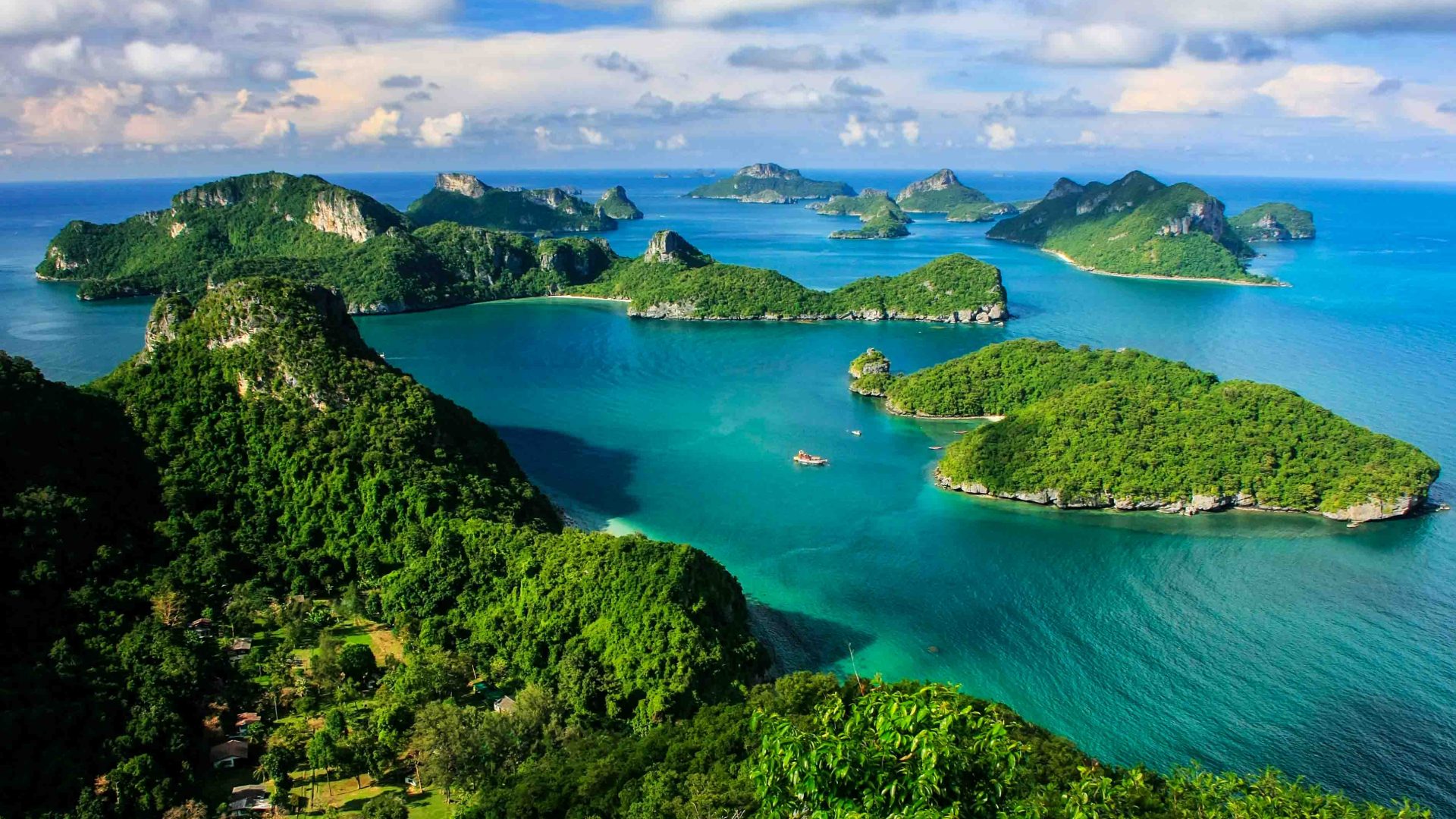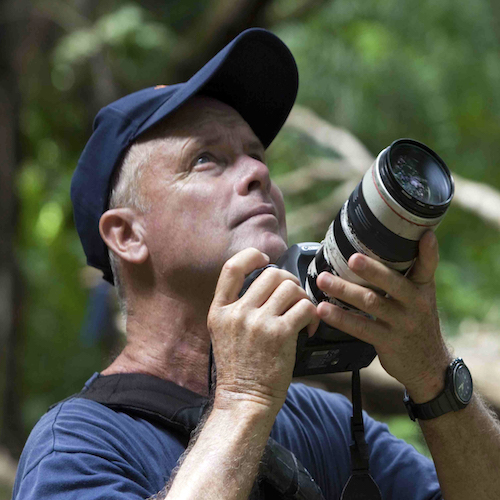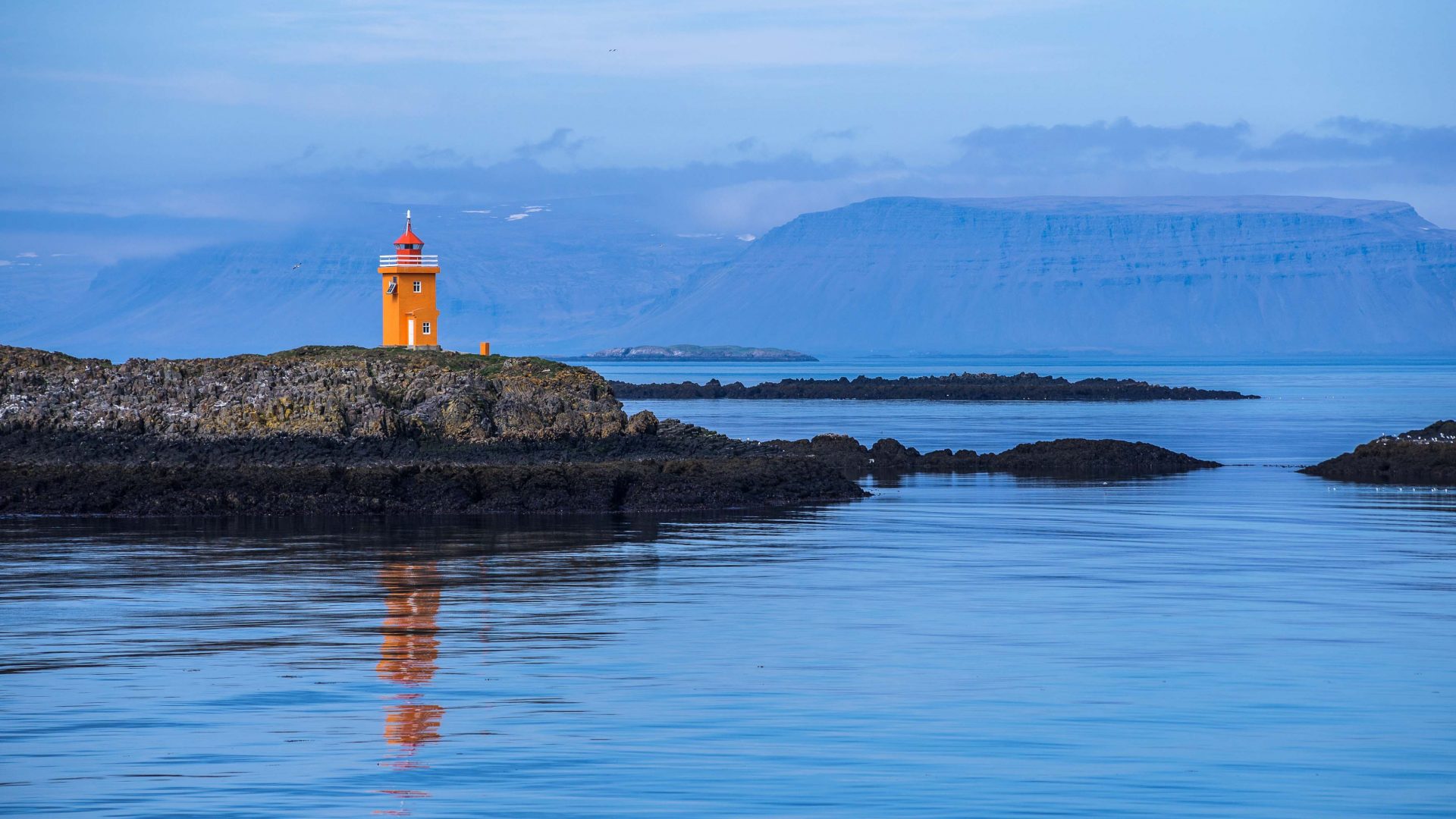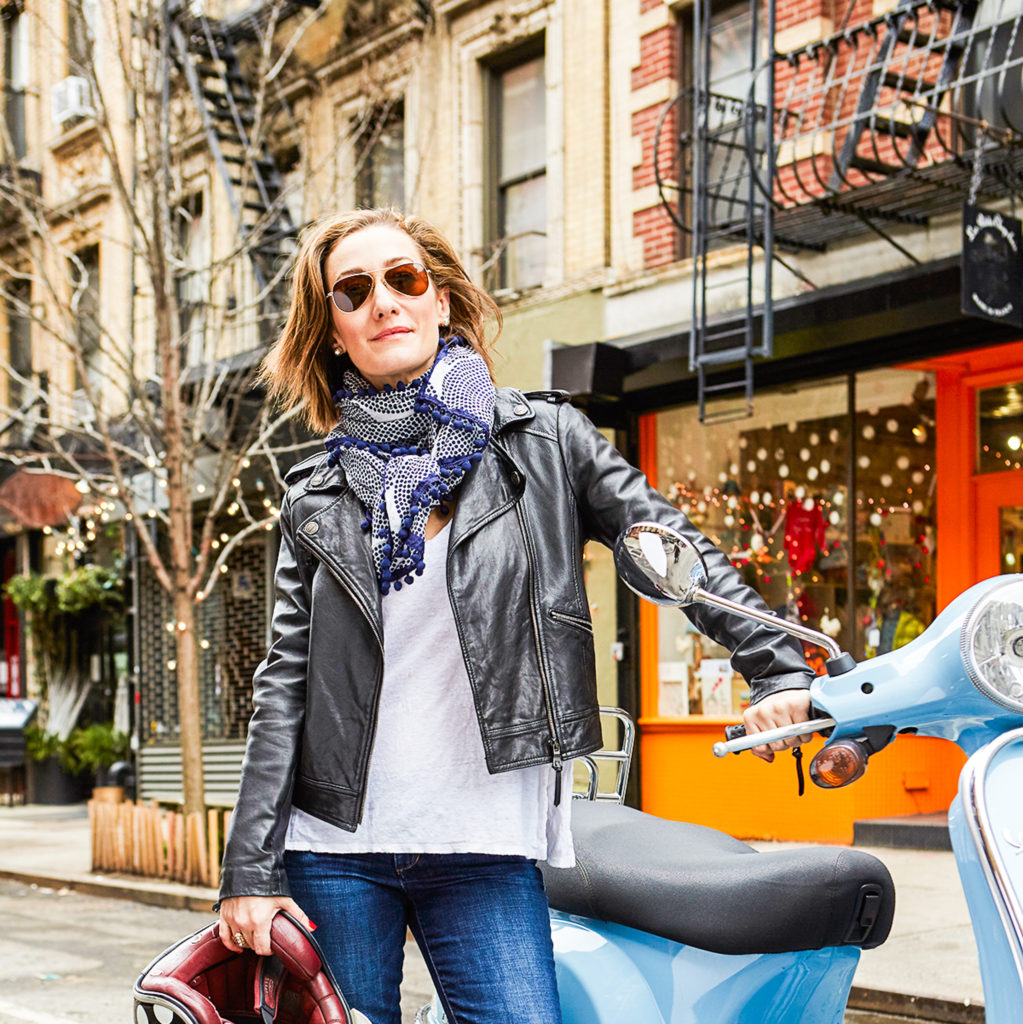
While most travelers will visit Ljubljana and Lake Bled, what other secrets does this gorgeous little country hold? Dr. Noah Charney, a professor of art history, shares his favorite finds in his adopted homeland of Slovenia.
Slovenia has been called a ‘hidden gem’ so many times that you have to wonder if it can still be considered hidden. But while Melania Trump has ensured that the name of this former Yugoslav country is no longer met with the same confused facial expression (and one hopes that it will cease to be conflated with Slovakia), it remains a destination that only the wisest and most curious travelers have actually visited. It is a great place for what has come to be called ‘soft adventure’—it is supremely safe, well-organized, easy to navigate and easy to access, so while visiting is not exactly like hitchhiking to Myanmar, it has enough exoticism and wonderful sites to make it feel like a special treasure discovered by each visitor.
But where to begin? There are the obvious places (the capital, Ljubljana, and the postcard idyllic Lake Bled), but peeling back the veil, we can find still-hidden facets. As an American living many years in Slovenia, I’m frequently asked what to see that might be off the beaten path.
Here are my ten recommendations for cultural adventures in Slovenia, ‘the sunny side of the Alps.’
